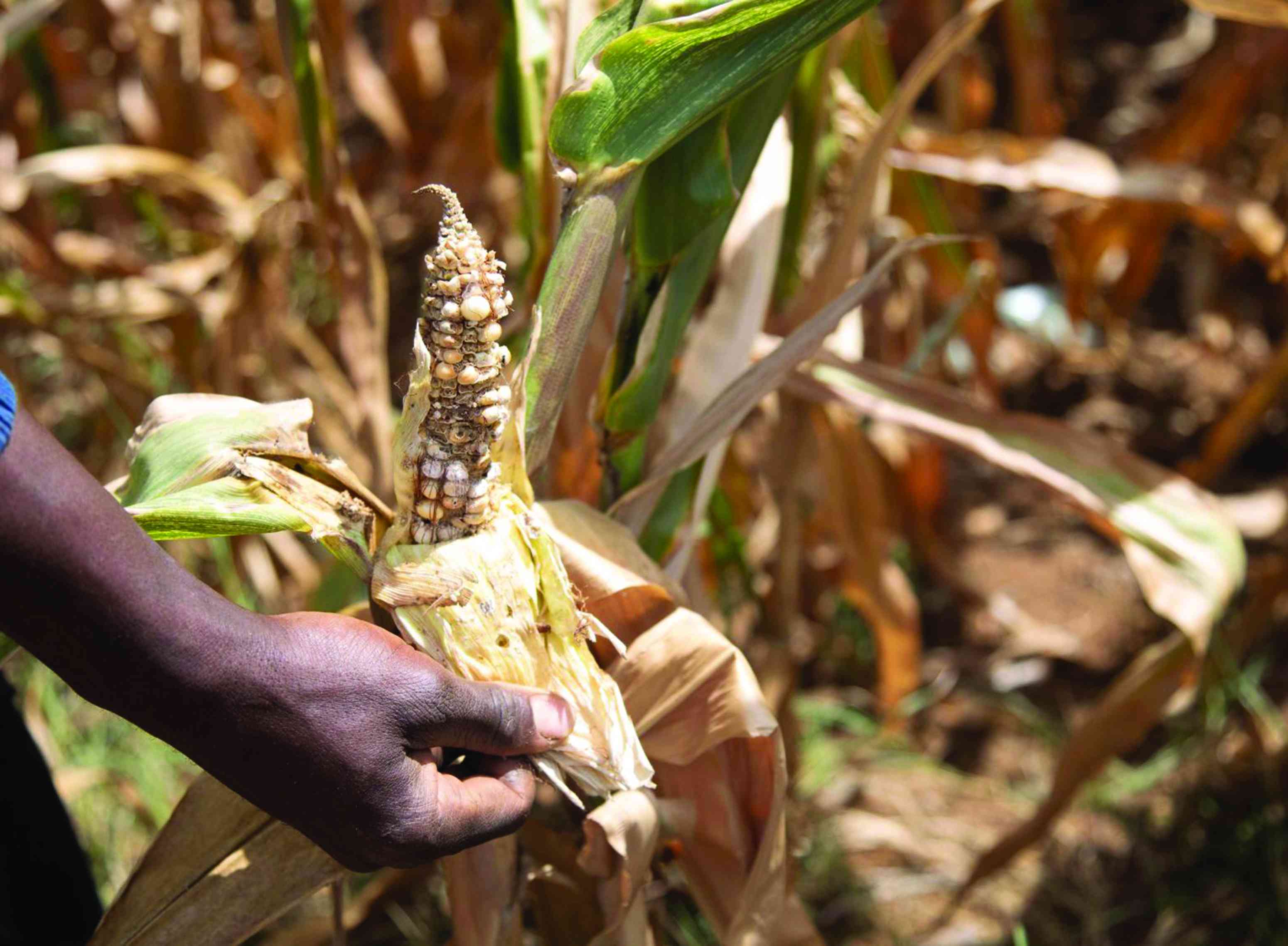
THE Zimbabwe Farmers Union (ZFU) says the 2025 Monetary Policy Statement (MPS) failed to address key concerns raised by farmers around foreign currency retention, high bank charges and limited capital.
In last week’s 2025 MPS, the Reserve Bank of Zimbabwe (RBZ) reduced the foreign currency retention threshold for exporters from 75% to 70%, despite calls for an increase to 100%.
The new measure was one of several other unpopular monetary policies.
ZFU revealed that it had consultations with the RBZ prior to the release of the MPS, during which the farmers raised several concerns that the bank ignored.
“This means exporters, such as tobacco farmers, will have to surrender 30% of their foreign currency earnings, which will be paid in ZiG at the prevailing official RBZ exchange rate. This is an increase from the previous 25%,” ZFU said in its 2025 MPS analysis.
“The governor completely disregarded our plea and, instead, did the opposite. We had hoped the retention level would be reduced to 10%–20% or ideally scrapped altogether.
“While this measure increases liquidity for the government, it hurts exporters the most since they need foreign currency to import spare parts and other capital goods.”
ZFU said since the exchange rate premium between the official and parallel markets was around 35%, it forced conversions that would erode exporters’ earnings.
- Rampaging inflation hits Old Mutual . . . giant slips to $9 billion loss after tax
- Monetary measures spur exchange rate stability: RBZ
- Zim deploys IMF windfall to horticulture
- Banker demands $21m from land developer
Keep Reading
“Exporters can retain their surrender portion in this facility (US dollar Denominated Deposit Facility). This only achieves protection from loss of value in terms of the official exchange rate volatility, which in any case has been relatively stable,” ZFU said.
“Money in this facility should yield interest and not lose value due to unsustainable bank charges. This facility, however, will not cushion depositors from the parity between the official and parallel market.”
The farmers also criticised high interest rates on loans, which they say discourage borrowing and investment.
“High interest rates on loans from banks and microfinance institutions. Adding the interest rates (~15%) to arrangement fees (~3%) and insurance results in an effective 18% to 20% on US dollar loans,” ZFU said.
“Banks disbursing loans in small instalments results in delays in financing the investments, impacting negatively on productivity, viability and debt servicing. Banks blame this on liquidity challenges alleging that the central bank is failing to meet their requirements.”
The farmers also raised concern with the RBZ mandating that the ZiG becomes the reporting currency of all entities with immediate effect and compelling all businesses to report in ZiG.
The idea by the RBZ was to make all financial statements comparable.
“In a multi-currency regime, where the ZiG contribute only 20% in transactions, several accounting complexities are bound to arise, including inflation translations and investor concerns,” ZFU said.
“The ZiG is not as stable as the US dollar, and it would have been natural to report in the stable currency, which contributes more than 80% of all transactions in the country. Trend analysis is also better and more comprehensible with a stable currency.”
On the upward review of prepaid international debit and credit card limits from US$500 000 to US$1 million, ZFU said these favoured entities that have large cross-border transactions.
“The average Zimbabwean farmer will not benefit much from this measure,” ZFU said.
“We need to collaborate with other farming entities to engage the RBZ on these issues and push for better policies that protect the viability of the agricultural sector.”
Farmers represent a sector that contributes 12% to 18% of all economic activity, provides jobs and income to 60% to 70% of the population, supplies 60% of raw materials for industry, and generates nearly 40% of export earnings.






